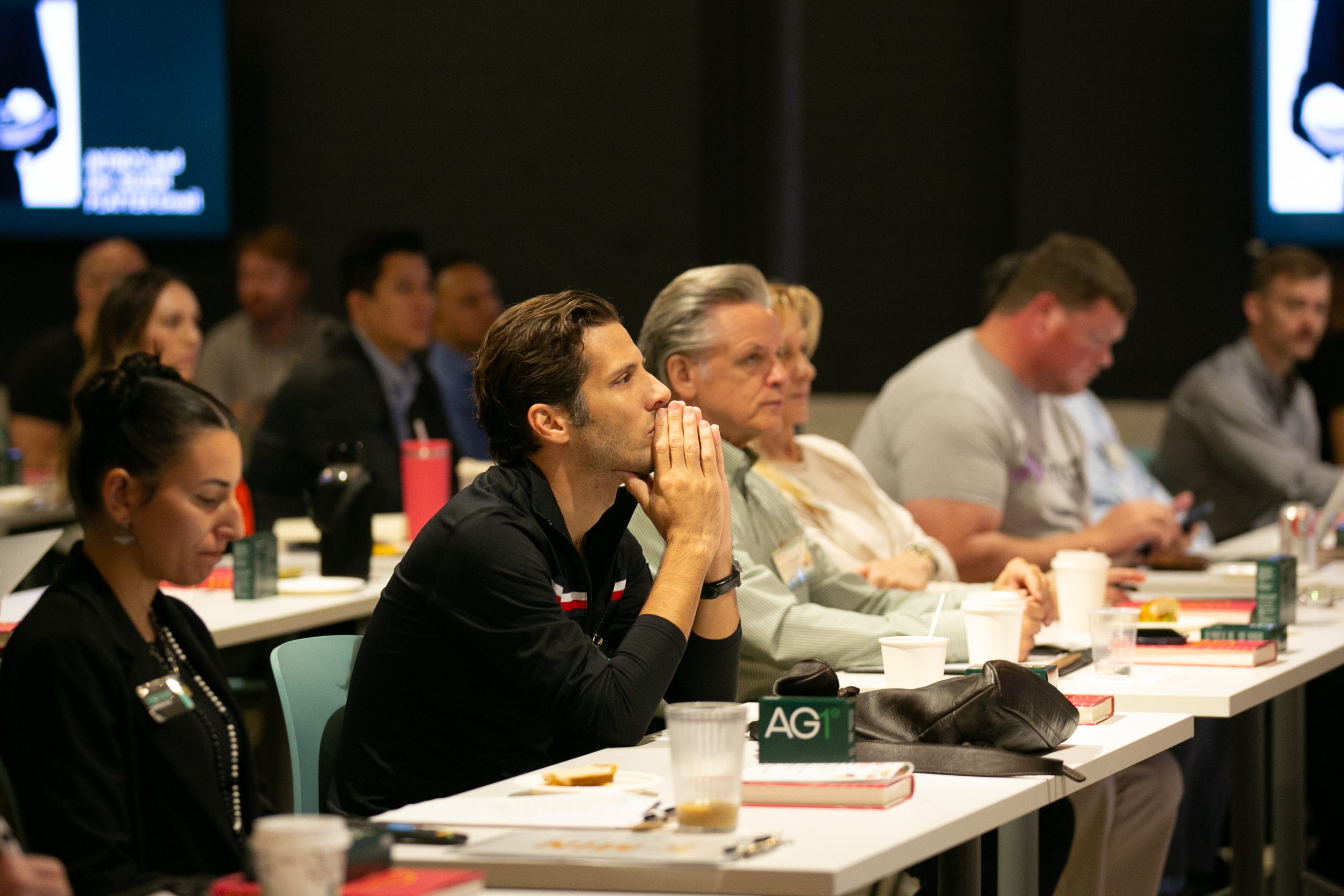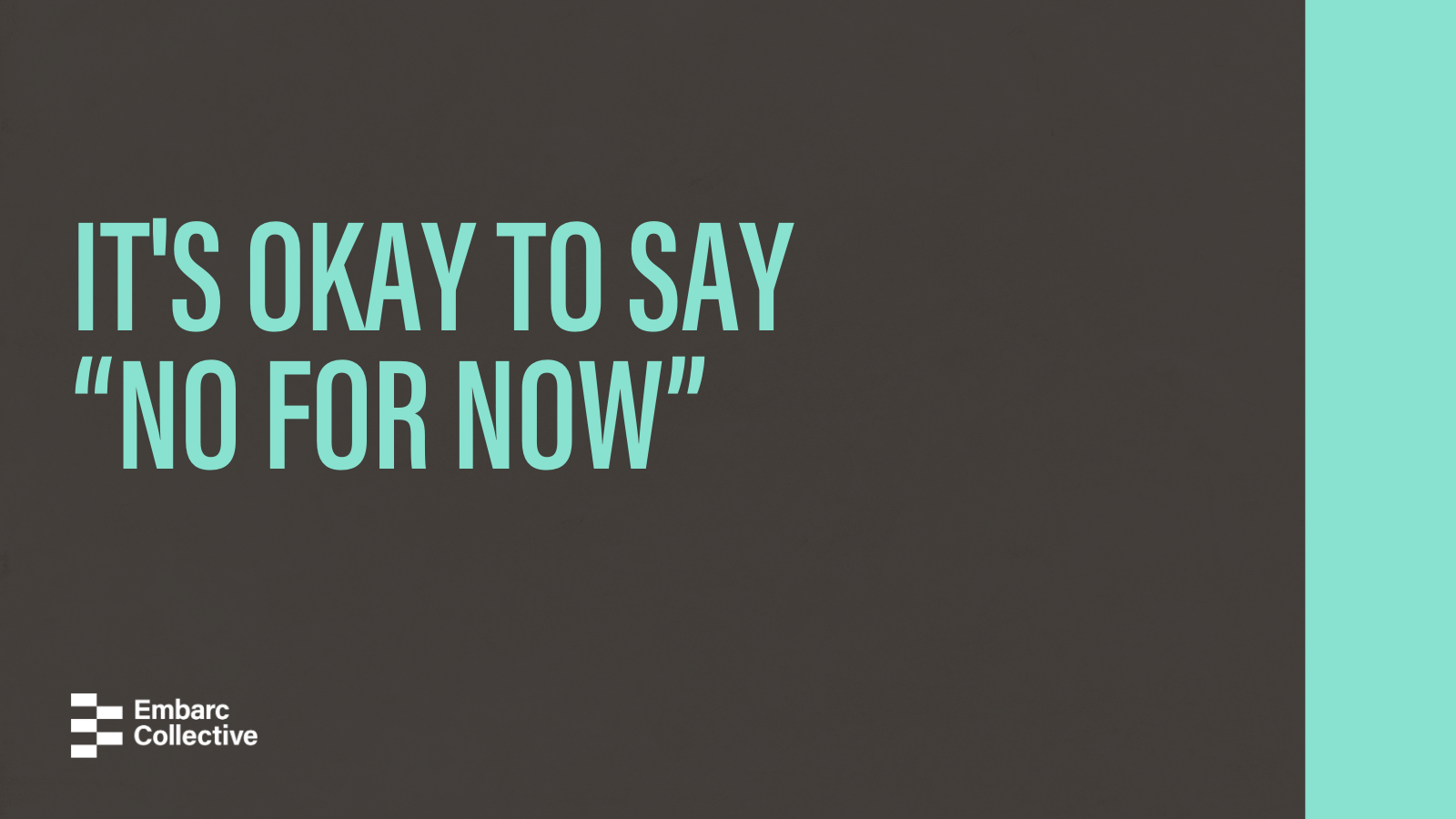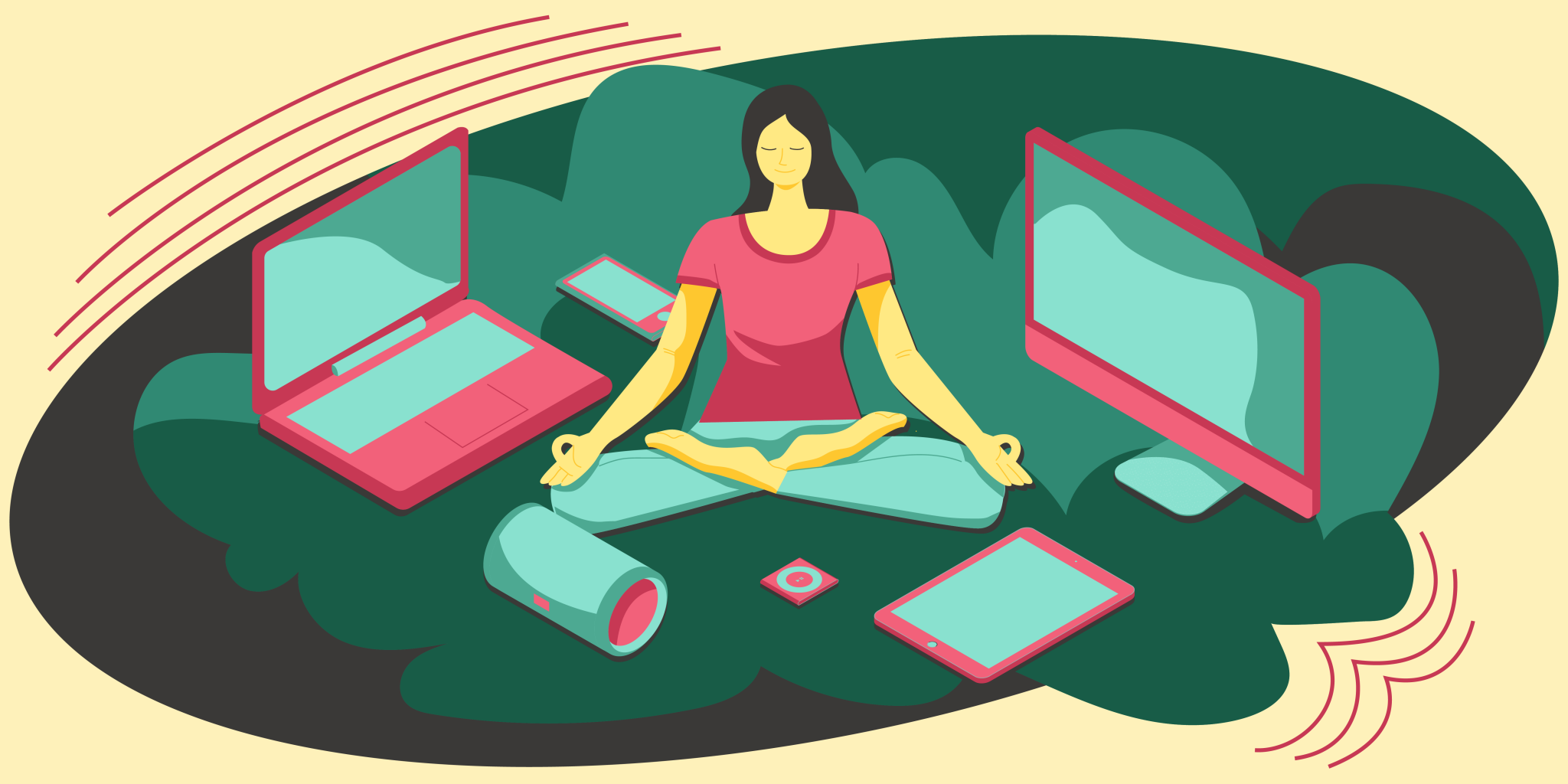In this resource, we interview Michael Joly, Founder of solu, a company that has developed a tone therapy system to help users achieve deep meditation and intentional calm. In his experience with tone therapy, developing meditation products and working directly with customers who’ve benefited from meditation practice, he has a rich understanding of the power of meditation and the impact it can have on someone’s life.
Michael shares the basics of starting a meditation routine, no matter your experience. And one specific strategy that can work well for startup operators who have a hard time disconnecting from technology.
Why Meditation
“Meditation practice (mindfulness or other) is especially important now as many of us feel anxious about our families, friends and businesses during the crisis. Many people are experiencing near non-stop worry––the bad news, voices and visual scenes in our heads won’t stop playing and demanding our attention,” says Michael when asked why meditation is important for startup founders now.
He further describes that in order to continue to be of optimum service to others, we need to take back our minds from their fixation on bad thoughts and seek frequent moments of stillness and peace.
Michael explains that there are several benefits mindfulness meditation brings to productivity and building a business. Some benefits include:
- less negative reactivity in the midst of adversity
- increased compassion and kindness extended toward all stakeholders
- and a remarkable boost of intuitive capacity––the ability to make quick and effective decisions when there are not enough facts or facts are changing rapidly.
What are Some of the Common Ways to Disconnect?
Michael describes that disconnecting means intentionally letting thoughts go in order to come to a place of “awareness of being aware”––an intentional, non-judgmental awareness of the present moment. The most immediate way to disconnect is to intentionally change habitual behaviors.
“For example, several years ago I gave up starting my day by listening to or reading the news of the day. Instead, I now start my day with 20 minutes of quiet sitting and listening to the ambient sounds around me. I follow that with long-hand free-writing in a journal. My writing is not business-related and is mainly focused on sitting with inspirational texts and jotting down my interpretations of these classic works,” says Michael.
He advises that some other ways to disconnect include not looking at your phone immediately when waking up. Avoid checking your inbox, watching TV or listening to radio news. He also suggests avoiding the morning paper if you receive print. The goal is to connect with these external sources of information (“the 10,000 things as the ancient Chinese sages Lao Tze has written), after you’ve connected with your own inner stillness and peace––the source of your true identity and power. Connecting with your inner peace can look different for everyone. This could involve physical exercise, sitting still with no distractions, intentional meditation, or citing mantras. Michael advises that you have to make an active decision to care for your mental health. Much like anything else, you have to dedicate time from your day to actively still your mind.
Active Listening
There are various methods of meditation including movement meditation, transcendental meditation, and spiritual meditation. However, meditation is not limited to these methods. For beginners, one simple way to still an overly active mind is to use intentional, active listening to bring mental focus to the present moment. Michael explains that intentional, active focus through listening will quell the voices in your head because it is not possible to simultaneously truly listen and think at the same time.
You can try this for yourself, wherever you are, right now.
Start by simply noting what sounds are in your environment.
- Do this without analyzing the sounds. Avoid thinking if the sounds are high or low, loud or soft. Avoid judging if you like or dislike the sounds or if they’re pleasant or unpleasant.
- Bring your full attention to everything you can hear; nearby sounds, distant sounds, stationary or constant sounds; sounds that are moving or intermittent. We’re a visually dominant culture that the practice of actively listening to sounds may be unusual to you at first.
- To start, try to do this for 3-minutes twice a day.
“We usually listen to sounds for the messages they convey like words and songs. If you truly listen deeply to the sounds around you the “inner voice” in your mind will become quiet and you’ll stop racing thoughts, to-do lists or fears. It’s natural for thoughts to arise. When they do you’ll notice that your attention to the sounds around you has lapsed. Your ability to focus on sound and letting thoughts drift by rather than focus on them will improve as you practice––just like when you used to go to the gym to build muscle or aerobic capacity,” says Michael.
Creating a Practice
Michael explains that he has found it helpful to disconnect and self-reconnect several times throughout the day. He starts upon waking in the morning, disconnects and reconnects 2-3 times throughout the day using “reminders” and disconnecting before falling asleep. He suggests setting a mental reminder by associating a common task or action with a mindful task. For example, every time you walk through a doorway you could take one conscious breath––completely focus on the inhale, hold, and slowly exhale.
Michael also suggests disconnecting “on-demand” when you’re triggered by challenging situations, people or news items. The classic instruction to “count to 10” before responding is still a valid and effective approach to stilling your mind. Closing your eyes briefly while taking a few conscious breaths will eliminate visual forms from your mental vision. Small mindful steps can be helpful in getting you to a calmer state of mind that is not dominated by forms –– whether these are visual forms (news, videos, experiences) or thought-forms (fears, doubts, ideas).
Sample Schedule
Michael has shared a simple schedule to follow if you’re interested in starting a meditation practice. See below:
- Upon waking up, even before getting out of bed, notice your breath and surroundings for just a few conscious moments.
- After completing one morning task, carve out half an hour to practice meditation. You can start with active listening or try sitting in silence. It’s suggested that you sit upright during meditation to stay focused and relaxed.
- During the day (or at work), schedule 1-2 breaks to take time to disconnect to reconnect to your inner stillness). Take time to still your mind, free of distractions. Throughout the day closely monitor your mental health, and be sure to practice disconnecting on-demand when you’re particularly triggered.
- End your day with a mindful moment, try to experience a moment of wordless gratitude. No need to write it down, feel the state of gratitude without doing so as a to-do list.
Additional Resources for Mindfulness + Meditation
Try a n.o.w. Tone Therapy System demo here.
Keep up with the latest in Tampa Bay startup news, local talent interviews and founder resources.
Delivered to your inbox every Thursday.



